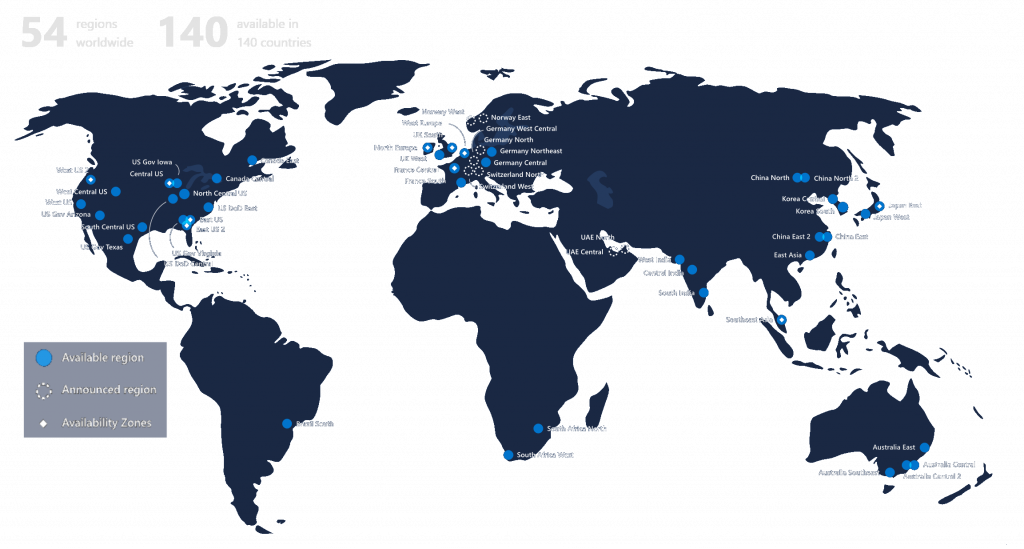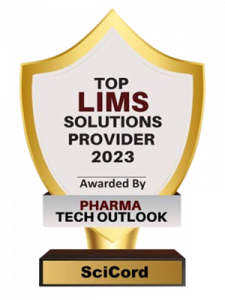SciCord excels in Pharma labs, manufacturing, R&D, and biotech by:
Delivering Our Service Effectively
SciCord serves both GxP and non-GxP clients. SciCord provides the software and the infrastructure, maintenance, and support.
Protecting Data from External Threats
All SciCord systems are periodically updated with the current patches and security protocols. Data in the SciCord database is encrypted to protect it. Data is also encrypted when transmitted between a client’s site and the Cloud servers. Additionally, clients can expect external protection tests at least annually, with every major software release.
Protecting Data from Improper Internal Access and Vulnerability
A layered password system allows users to access only the information and resources required to perform their legitimate tasks. As designated by FDA 21 CFR part 11, SciCord incorporates security features such as timestamps and digital signatures to assure regulated agencies that data on the system is consistent, not tampered with, and in general follows the data integrity directives mandated by the FDA. The system is also evaluated at least annually to verify its effectiveness.
Additionally, SciCord safeguards application and interface security by:
- Following SDLC (Software Development Life Cycle) guidelines, which outline phases of development, each with built-in control features.
- Using only in-house code developers.
- Penetration testing for each major version
- Regularly testing the software against OWASP Top 10 to identify any vulnerabilities.
Instrument Access
SciCord accommodates real-time data collection and displays from balances, pH meters, and other instruments by monitoring an IP address. For instruments that feature a result database, SciCord connects to the database, acquires the results, and records them. For all others, a printed output or created spreadsheet/CSV can be parsed for data import.
User Guidance
A lab doesn’t need to overflow with IT gurus or ‘superusers’ to reap the benefits SciCord provides. Users only need PCs that run Windows and basic working knowledge of spreadsheet software. SciCord provides initial instruction and training as well as periodic support.
SciCord offers the support required to implement and customize the software to fit a client’s needs. Each client is assigned a Project Manager to coordinate the deliverables between each lab’s personnel and the SciCord personnel.




